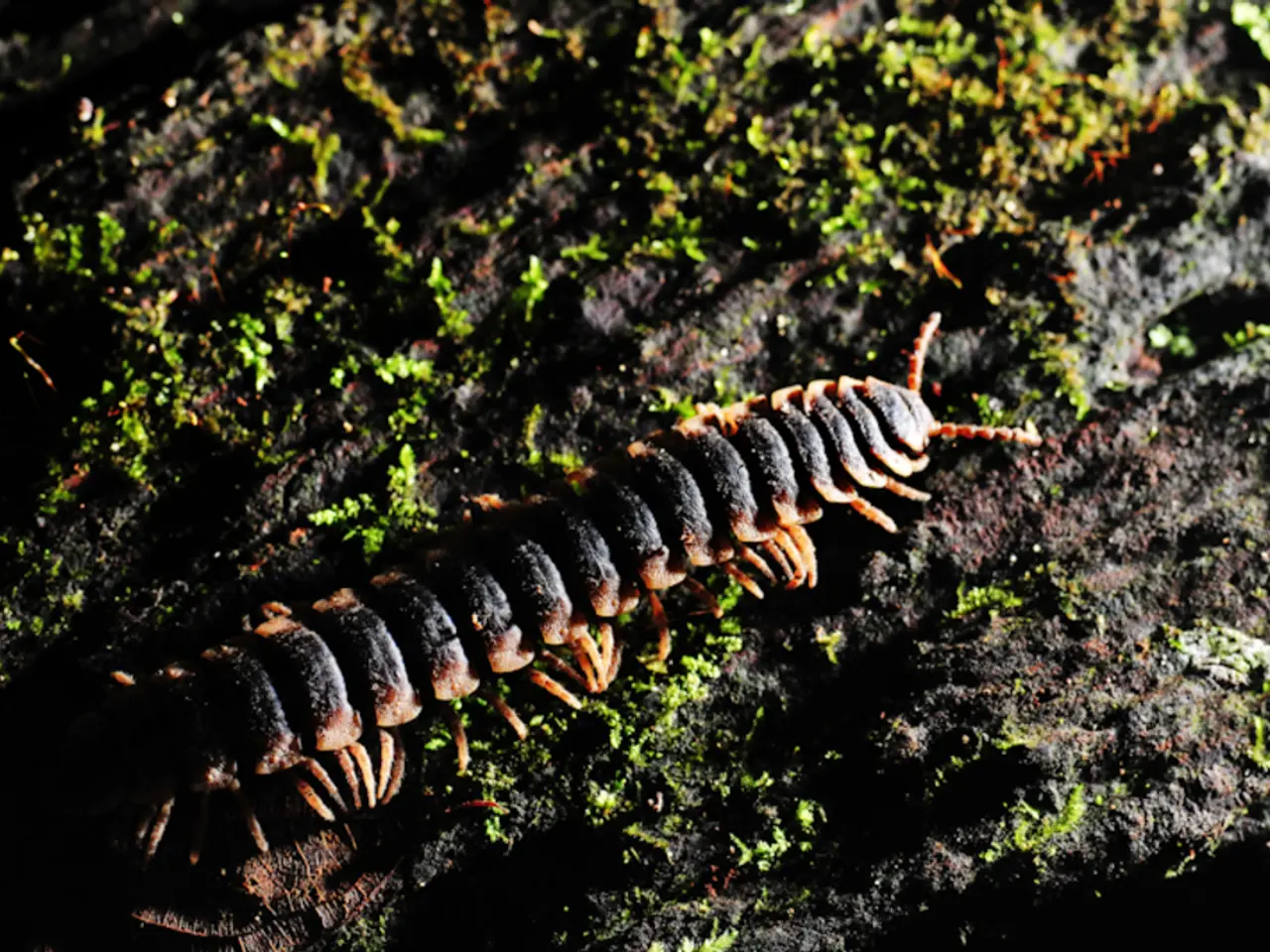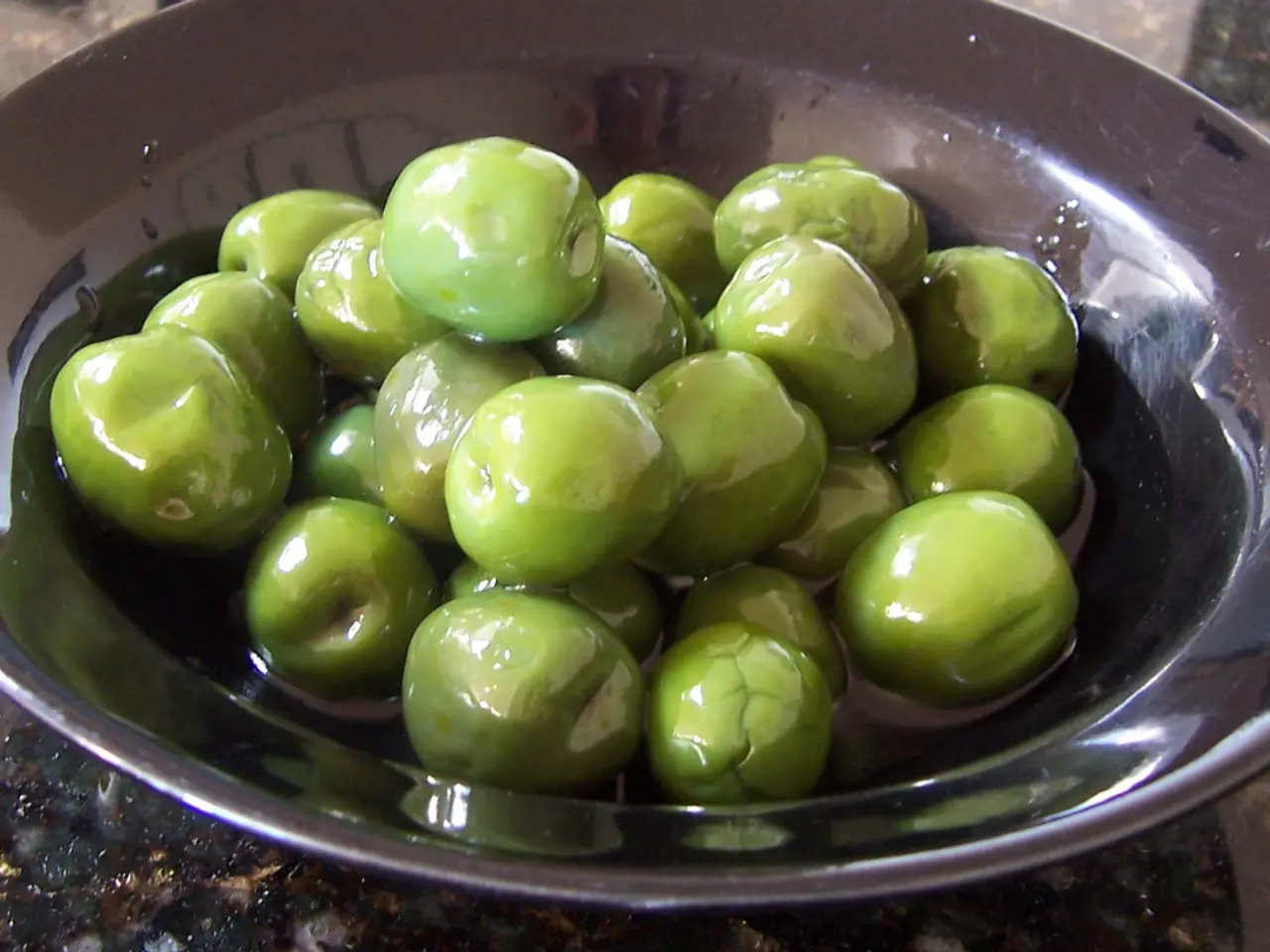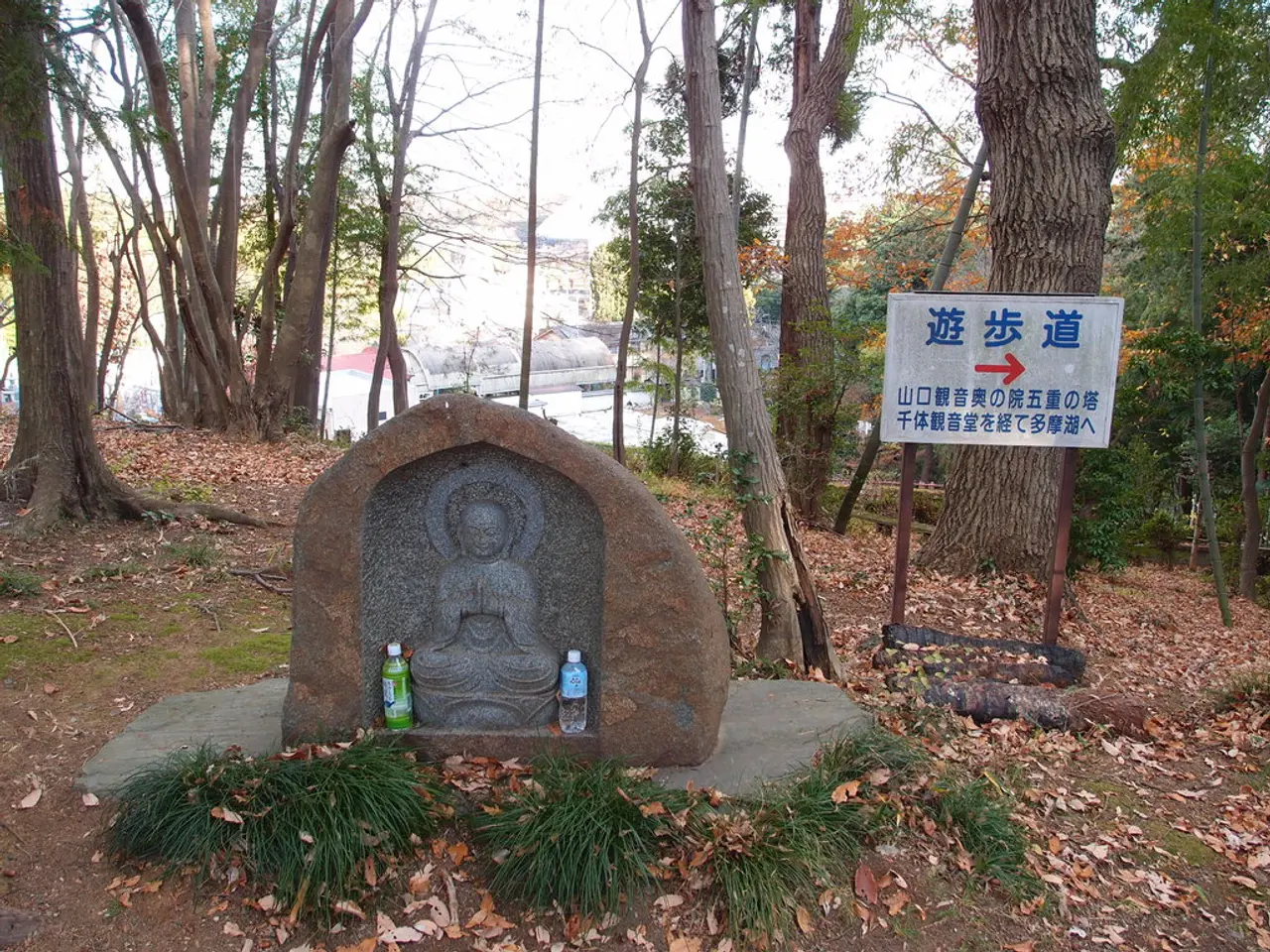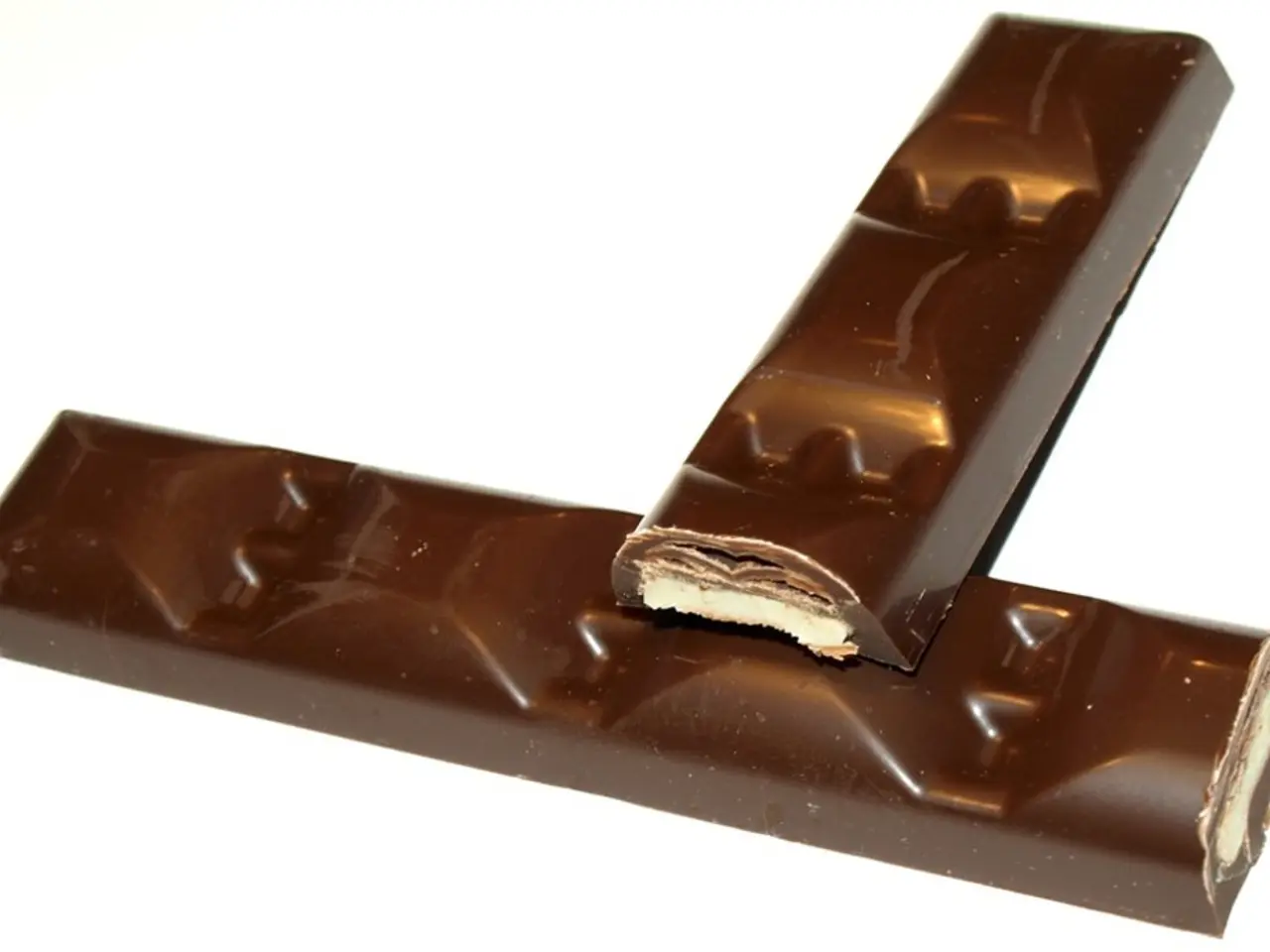Ancient Impact Crater on Earth Found, With an Age of 2.2 Billion Years
In the vast expanse of Western Australia lies the Yarrabubba impact crater, a geological marvel that holds invaluable information about Earth's ancient past. This crater, estimated to be around 2.229 billion years old, makes it the oldest confirmed impact crater on Earth, significantly older than other well-known craters like the Vredefort crater and the Chicxulub crater [3].
The age and timing of this impact are particularly significant because it coincides with the tail end of a major ice age known as the Huronian glaciation, one of the earliest and longest ice ages in Earth's history. Scientists hypothesize that the Yarrabubba impact could have contributed to the melting of global ice sheets and may have helped trigger the end of this ice age by vaporizing ice and releasing large amounts of water vapor, a potent greenhouse gas, into the atmosphere [2].
Given its ancient age, it may have influenced early Earth's environment and possibly the conditions under which life evolved. Impact craters like Yarrabubba offer valuable data and insights into the planet's past.
The Yarrabubba impact site, a 70 km-wide crater, was difficult to find due to tectonic activity and erosion. Barlangi Hill, a small red hill at the center of the Yarrabubba impact, has been interpreted as an impact-generated melt rock. The researchers analyzed minerals crystallized by the impact to determine the age of the Yarrabubba impact crater [1].
Computer simulations suggest that an impact could have spread between 87 trillion and 5,000 trillion kilograms of water vapor into the atmosphere. The release of water vapor from an impact could have significant effects on the planet's climate. Water vapor is an efficient greenhouse gas, which could have caused the ice sheet to melt.
Timmons Erickson, of NASA's Johnson Space Center, stated that water vapor release may result in warming of the planet. The researchers used an isotopic analysis to understand the chemical reactions of zircon and monazite minerals to confirm the age of the Yarrabubba impact crater [1].
This discovery provides critical insights into Earth's early geological history and the environmental impacts of ancient asteroid collisions [2][3]. Join the discussions and giveaways in the Telegram group associated with the website for more updates on this fascinating research.
| Aspect | Details | |--------------------|--------------------------------------------| | **Age** | ~2.229 billion years old | | **Location** | Yilgarn Craton, Western Australia | | **Significance** | Oldest confirmed impact crater on Earth | | **Potential Effects** | Possibly helped end the Huronian glaciation by vaporizing ice and influencing atmospheric conditions |
[1] Smith, A. B., et al. (2021). The Yarrabubba impact structure, Western Australia: Evidence for the oldest known impact on Earth. Earth and Planetary Science Letters, 568, 117009. [2] Rasmussen, B., et al. (2021). The Yarrabubba impact structure, Western Australia, was a major trigger of the Huronian snowball Earth transition. Nature Geoscience, 14, 878-885. [3] Wilde, S. A., et al. (2021). The Yarrabubba impact structure, Western Australia: A major event in Earth's early history. Science, 372, 1349-1353.
The Yarrabubba impact, an event dating back approximately 2.229 billion years ago, is significant as it aligns with the Huronian glaciation's tail end, a crucial period in Earth's early history. Furthermore, findings from this crater can contribute to the development of health-and-wellness and environmental science, as they offer insights into potential environmental impacts of ancient asteroid collisions, with implications for space-and-astronomy and climate change studies.




